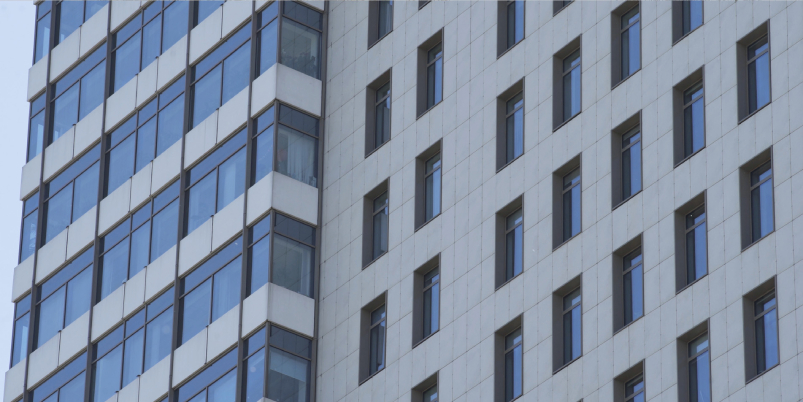×
![]()
Maybe I’m too traditional or old school. But why in the world would the CRE industry, or at minimum the real estate press, seemingly embrace the VTS Office Demand Index as an alternative definition of, or even a useful proxy for actual leasing demand?
Conventionally, demand for office – and industrial and retail space for that matter – is defined as net absorption, or the net change in the occupied stock in square footage terms over designated periods of time. At the onset of the pandemic, e.g., office net absorption turned negative but after a couple of weak quarters rebounded into positive territory as the economy regained its footing.
Why is this traditional demand measure so important? Well, one fundamental reason is that this metric, along with other key space market variables, are some of the core building blocks of the real estate analyst’s assessment of property and market risk accompanying most every CRE asset investment. Also, occupancy gains and losses in square footage terms, coupled with measures of availability or vacancy, are important benchmarks for landlords and agents to fully grasp the competitiveness of their buildings versus their peers.
Now we’re blessed with VTS’ interpretation of demand with their “VODI” handle. It is calculated by the number of “unique new tenant tour requirements, both in-person and virtual, of office properties…” as cited by VTS in this recent article among others. Further quoting from this article, VTS made the news breaking assessment that “…new employer demand for office space has been on a five-month drop and is now at 58% of normal…”.
What the heck is “normal” about this concept of demand, really? At best, office tours are a unique and extremely rough substitute for demand that honestly may be influenced (padded?) by the resourcefulness of office brokers to get their tenant-clients to look at some attractive new digs. At worst, VODI is a frivolous and misleading accounting of leasing demand. After all, it’s the actual occupancy changes that drive property income and value.
Oh, and because VTS only surveys Class A office buildings, the firm’s demand reporting omits an awfully big and vital slice of the national office market, i.e., the 550,000 U.S. small office buildings under 50,000 sq. ft. in size and representing a total of 4.6 billion sq. ft. We recently reported that the U.S. average vacancy rate for these small-cap office buildings was only 6.5% during 4Q 2021, near an all-time low, compared with a hefty 16.3% for 4- and 5-Star office buildings (basically equivalent to Class A) according to CoStar. So VODI is also a poor fit when summarizing demand for the overall office occupier market.
How about we forgo “normalizing” VODI as novel as it may be and as valuable as VTS’ basic services are to its clients. My recommendation: VOID it when seriously considering office trends.



 Randy Fuchs
Randy Fuchs 
